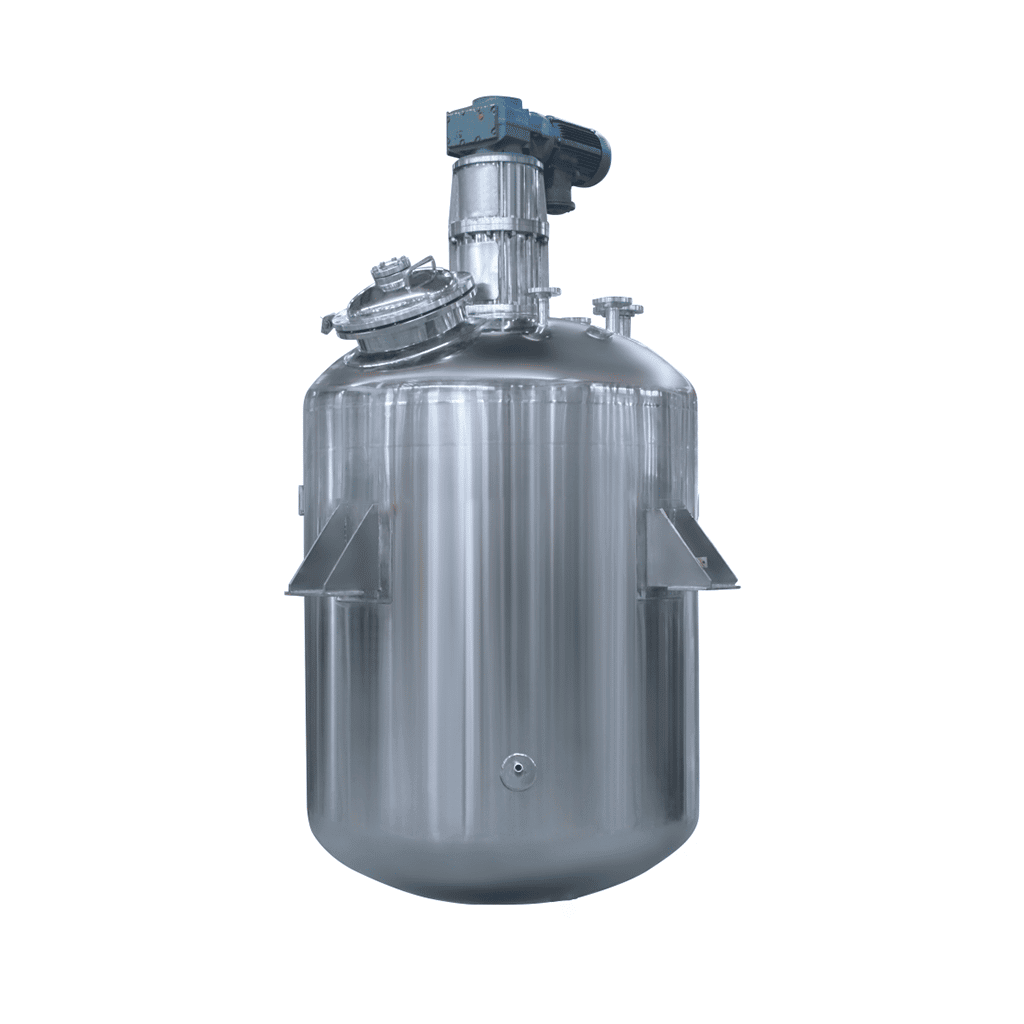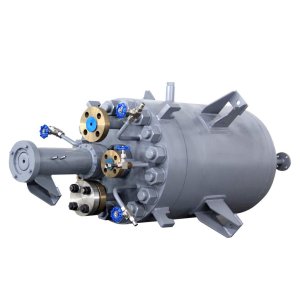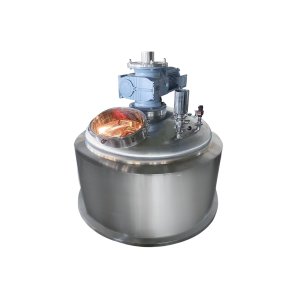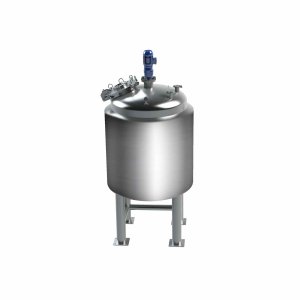Heat-conducting oil is placed in the jacket of the stainless steel reactor, which is heated by the electric heating rod. The stainless steel reactor heated by steam is directly charged with steam in the jacket for heating. The steam heating reactor needs a stable supply of steam heat source, and a boiler is usually added.
The heating principle of stainless steel reactor
The heating principle of a stainless steel reactor is to use an electric heating rod to heat the thermal oil in the jacket, so that the temperature of the thermal oil rises to the required temperature, and then the temperature controller controls the electric heating rod to keep the power off and constant temperature. The boiler steam is passed into the jacket of the stainless steel reactor kettle, and the heat of the steam is transferred into the kettle, causing the materials in the kettle to undergo an endothermic reaction. The steam heats the stainless steel reactor kettle, and the steam is used as a heat source for heat exchange. There are three types of steam heat exchange: jacket heat exchange, coil heat exchange, and half-coil heat exchange.
Classification of stainless steel reactors
1.Electrically heated stainless steel reactor
Advantages: clean heat source, fast heating speed, easy automatic temperature control, and easy operation. There is no need for supporting systems such as steam boilers and hot oil furnaces.
Disadvantages: Electric heating has higher operating costs.
2.Steam heating stainless steel reactor
Advantages: The heating method is the same as that of stainless steel reactors, and it is clean, environmentally friendly, and temperature-controllable. It needs to be used in conjunction with high-pressure steam boilers, pressure pipelines, and other equipment. The operating cost of steam heating is lower than that of electric heating, and it is especially suitable for production sites with many stainless steel reactors. For a single or a small number of small stainless steel reactors, the use of steam heating is likely to cause a waste of heat sources.
Disadvantages: Heating speed is slightly slow.
3.Thermal oil circulation heating stainless steel reactor
Advantages: It is clean and environmentally friendly, and has the characteristics of fast heating speed and controllable temperature. It needs to be used in conjunction with hot oil furnaces, hot oil pipelines, etc. Stainless steel reactors that use thermal oil circulation heating have higher thermal efficiency and lower operating costs than steam-heated and electric-heated stainless steel reactors.
Disadvantages: After the thermal oil circulation system has been running for one year or more, its heat exchange efficiency will be greatly reduced, and the thermal oil and heat exchange pipes need to be replaced.
4.Far-infrared heating-resistant stainless steel reactor
Advantages: The stainless steel reactor adopts a resistance far-infrared heating method, which has a large heating area, stable and fast heating, and uniform heat release. Temperature control can realize upper, middle, and lower section control. The temperature of the inner wall of the kettle is easy to control, has no side effects on the materials in the kettle, and there is no carbonization of the materials.
Disadvantages: higher equipment costs.
Characteristics of stainless steel reactor
1.The pot body, lid, stirrer, and other parts are made of OCr18Ni9 or 1Cr1 8Ni9Ti stainless steel plates;
2.Fast heating speed;
3.If the stainless steel reactor is heated by steam, external sources are required for heating, such as boilers and cooling devices or other external sources.
4.Good heat resistance and wide operating temperature range (-196~600℃). It will not oxidize or peel at higher temperatures, so it can be heated by direct fire.
5.It has good processing performance and can be made into reactors of various shapes and structures according to process requirements. The wall of the stainless steel reactor kettle can be polished, does not hang materials, and is easy to clean.
6.It has good corrosion resistance and does not rust.
7.Stainless steel materials have excellent mechanical properties and can withstand high working pressure and the impact of feeding bulk solid materials.

-24-1.jpg)




